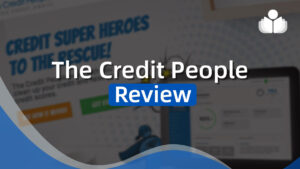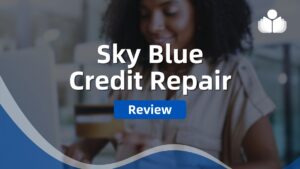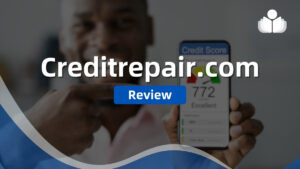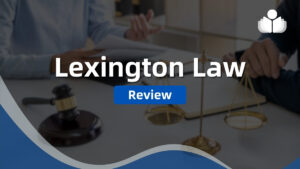Summer 2013 Action Planning: Unveiling CFC’s Goals
Update on Proposed Changes to CFC Regulations:
First, regarding the proposed changes to the CFC regulation (in my May 30 posting), I want to thank you if you took the opportunity to send a comment to the Office of Personnel Management (OPM) about the proposed changes.
While the Federal Register comment period closed on June 7th, it is not too late to contact your Congressperson and Senators and let them know the damaging impact the new regulations will have if adopted as proposed.
You can also sign the White House petition to have the CFC regulations brought to President Obama’s attention.
I’ll continue to keep you posted on the proposed new regulations. But, since the proposed changes to the CFC would not take place until the 2015 campaign season, let’s focus, now, on how to get the greatest benefits possible for your non-profit in the 2013 CFC campaign.
CFC Summer 2013 Action Planning
In my posting on January 31, I presented The Five Phases Of A Non-Profit’s CFC Campaign. We are now in Phase I (CFC Non-profit Planning, Organizing, & Recruitment), which runs from March to July — some of the timeframes in the phases overlap.
As you plan for your organization’s CFC campaign, it’s important to answer the question in this post’s title, “What Do They Want?”
The first question is who are “They?” They are:
• Your donors
• Your staff, including both paid staff and volunteers
• Your board members
• The beneficiaries of your non-profit’s mission
Next, you should know the answers to the following questions:
1. Why do your donors support you? (Their reasons, not yours!!)
2. Why do your volunteers choose to volunteer with your organization?
(Remember, they could go to many other organizations.)
3. What motivates your paid staff?
4. What skills and leadership development experiences do your paid staff
and volunteers want to develop?
5. What skills and leadership development experiences do your board members
want to get a chance to practice?
6. Why do your board members want to serve on your organization’s board?
7. Does your community know what your organization does?
These are important questions … because the answers will:
A. Help you recruit and develop your non-profit’s CFC team … by selecting people
who want to develop and practice the skills needed for workplace giving campaigns,
skills that they know will help them advance in their careers;
B. Help you build relationships with your potential CFC donors; and,
C. Generate broad awareness that your organization participates in the CFC.
How do you learn the answers to the seven questions — by building relationships, and the key to building relationships is listening, not talking. Begin with the people that it’s easiest for you to reach, your staff, your volunteers, and your board.
Select Your Team
From Peter Senge’s classic book, The Fifth Discipline: The Art And Practice Of The Learning Organization, there are two of his “disciplines: that I want to highlight: Personal Mastery and Team Learning.
The ability/opportunity to learn, develop and practice new skills is basic to keeping people motivated and dedicated, and workplace giving actually provides many of those opportunities for staff, volunteers, and board members to do so.
What are their “personal mastery goals” for the next year?
Public speaking, writing, and organizing are some of the skills that can be developed while working on a non-profit’s CFC campaign. In your organization’s 2013 operational and communications plans, who on your board and staff have expressed a desire to work on these types of personal mastery goals?
Do some of them, for example, like and are good at public speaking? If so, you should encourage them to take advantage of speaking opportunities at CFC kick-off events and charity fairs
Team Learning
Once your CFC action team has been selected, the first step is to determine who is going to play what role on that team.
For example, who will be in charge of communications and messaging — including press, social media, and materials (all, with your CFC number included); and, who (it can be a volunteer) will be the person(s) to distribute information and present your organization’s story at CFC special events?
In the context of team learning, also plan on educating the entire staff and volunteers about your organization’s participation in the CFC. If you truly believe that your organization is “donor-centric” then it’s important to let your donors choose how they want to support you, and, for many Federal supporters, the CFC is their preferred method.
Senge’s point about team learning is that when teams learn together, they learn faster and are more in sync about the benefits and how to accomplish a particular goal.
What’s next?
In my next post, I will discuss Phase III, the CFC Non-profit Campaign Outreach Campaign, which runs from June to November and provides many opportunities to both tell the story of your non-profit and learn from your supporters and your community.
=-=-=-=-=-=-=-=-=-=-=-=-=-=
During his 25-year career in the Federal sector, Bill Huddleston, The CFC Coach,
served in many CFC roles. If you want to participate in the Combined Federal
The campaign, maximize your nonprofit’s CFC revenues, or just ask a few questions,
contact Bill Huddleston
=-=-=-=-=-=-=-=-=-=-=-=-=-=
Take a look at
The Fundraising Series of ebooks.
They’re easy to read, to the point, and cheap 🙂
=-=-=-=-=-=-=-=-=-=-=-=-=-=
If you’re reading this online and you would like to comment/expand on the above, or would just like to offer your thoughts on the subject of this posting, we encourage you to “Leave a Reply” at the bottom of this page, click on the feedback link at the top of the page, or send an email to the author of this posting. If you’ve received this posting as an email, click on the email link (above) to communicate with the author.
 Sections of this topic
Sections of this topic
















